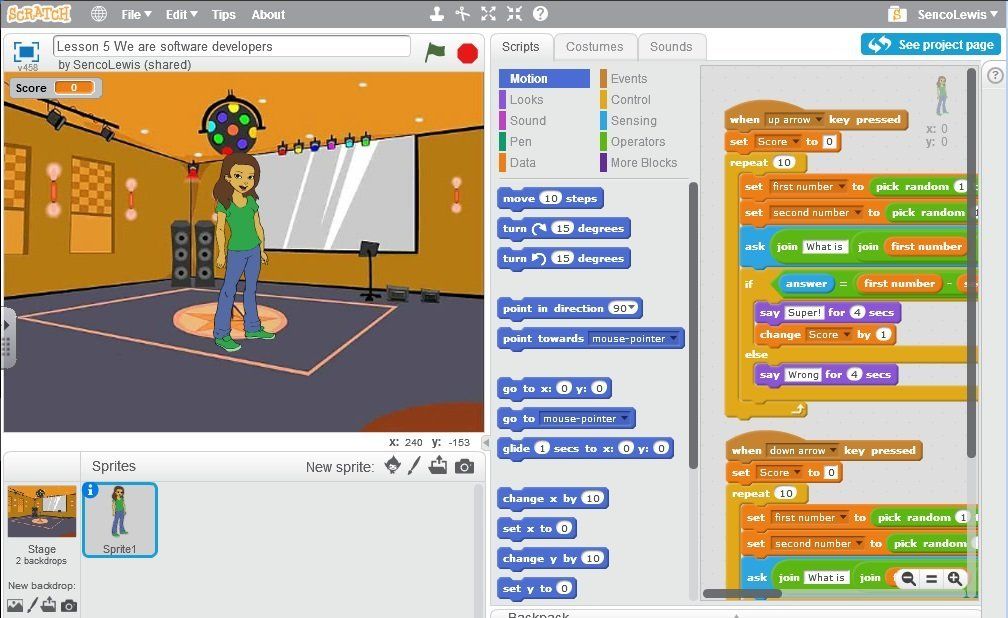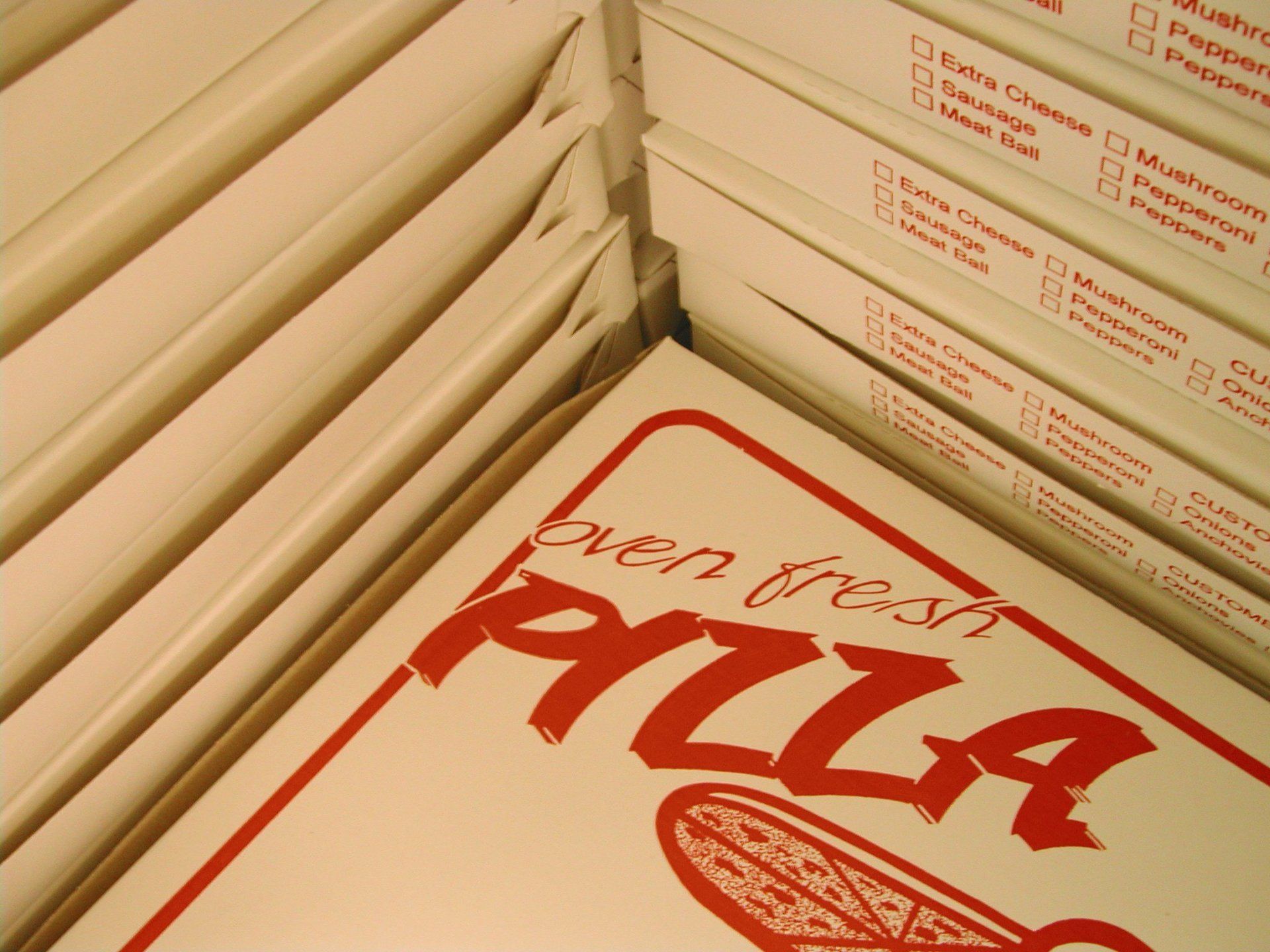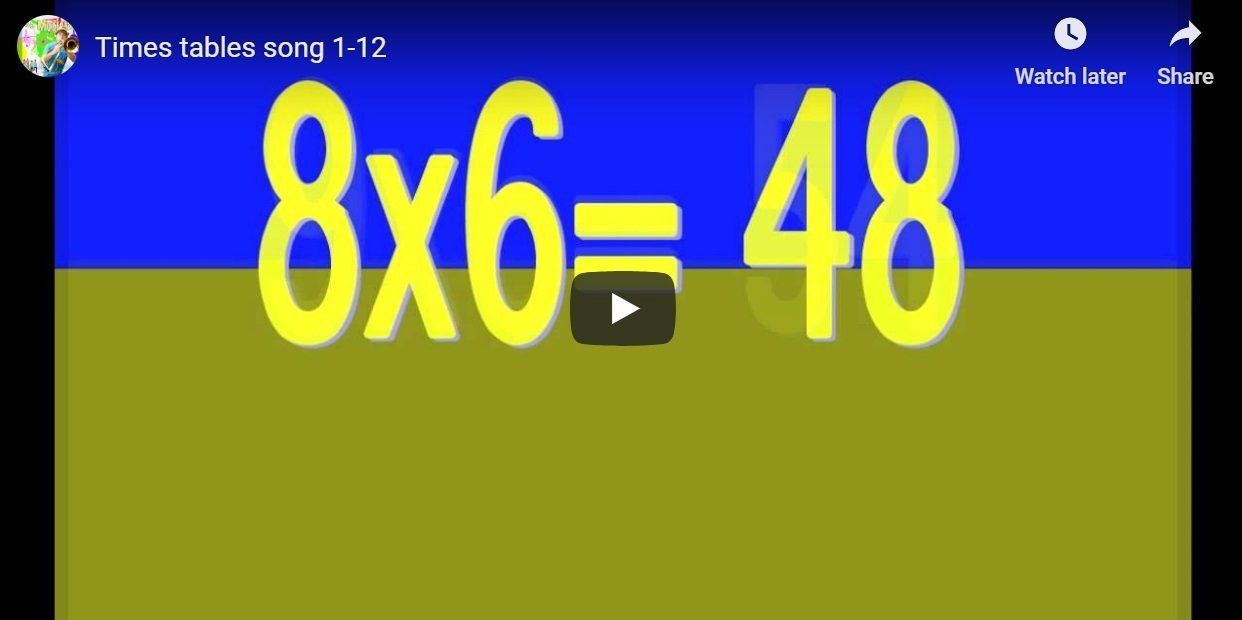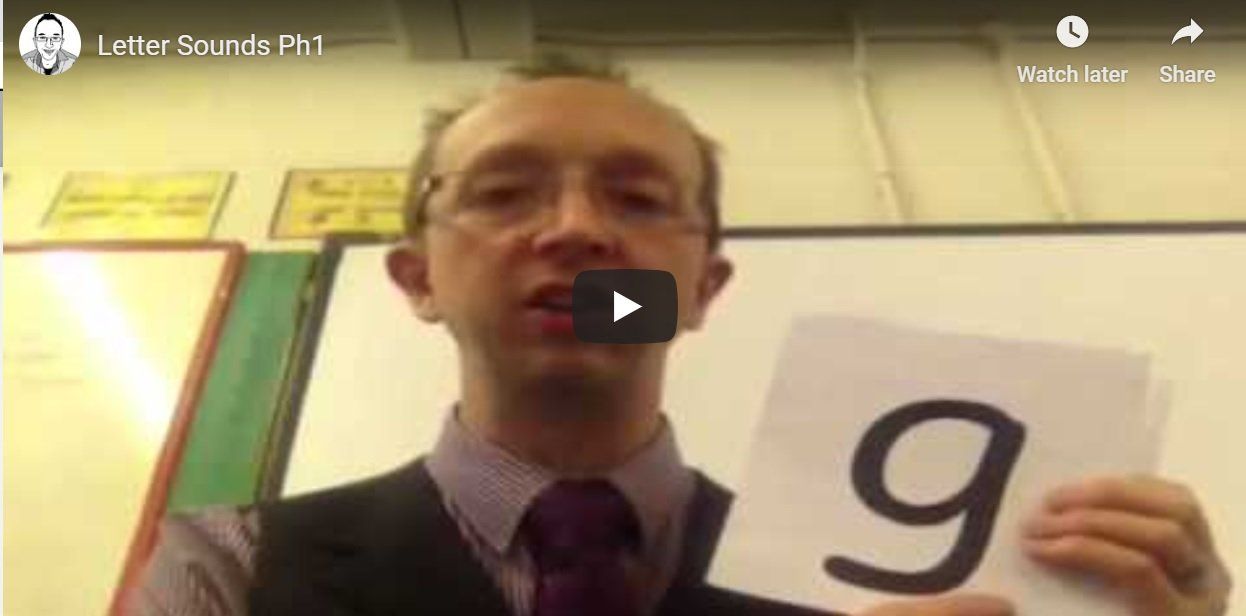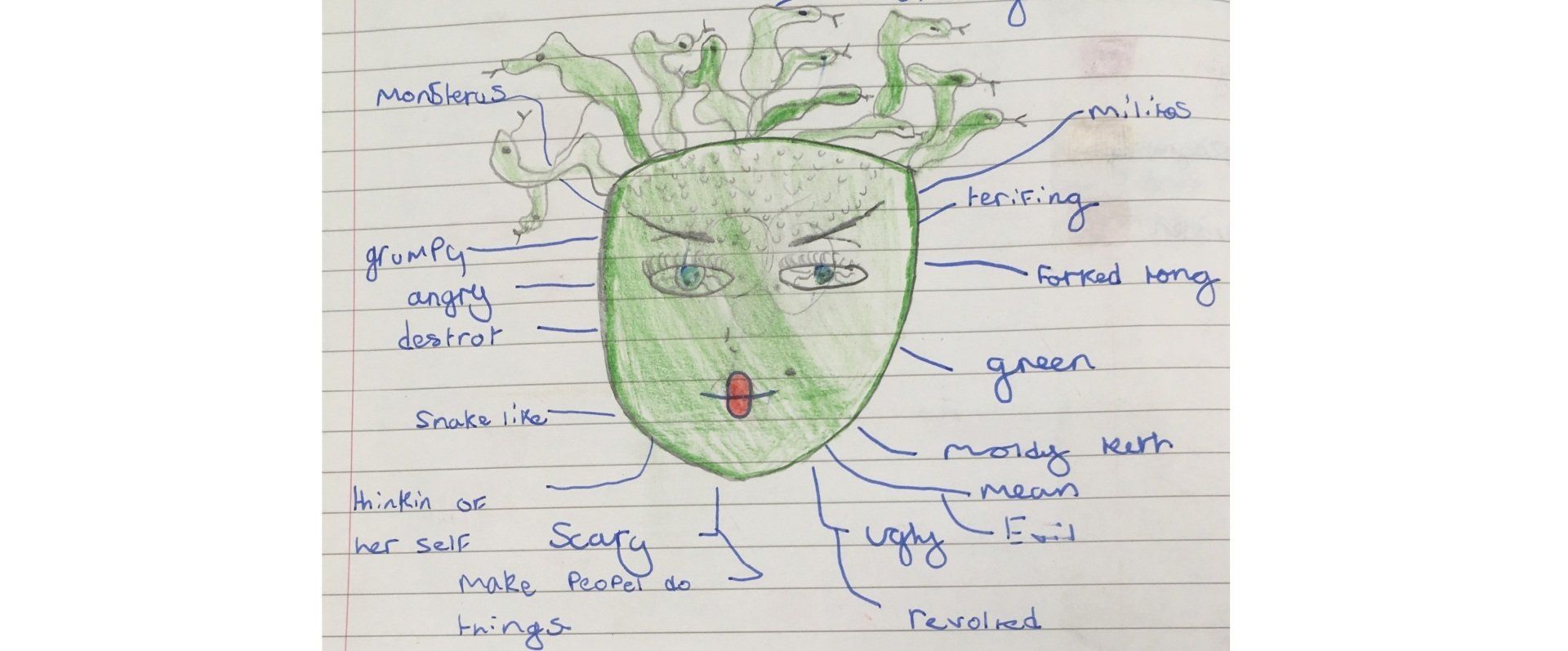We are software developers - Lesson 5 - Y3/Y4
- by James Lewis
- •
- 06 Oct, 2017
Lesson Learning Objectives:
- To copy an advanced educational computer game example using selection and repetition.
- To understand and use SET and PICK Random blocks.
- To use the duplicate operation.
- To use subtraction and/or addition blocks
- To change the Sprite
- To change the background
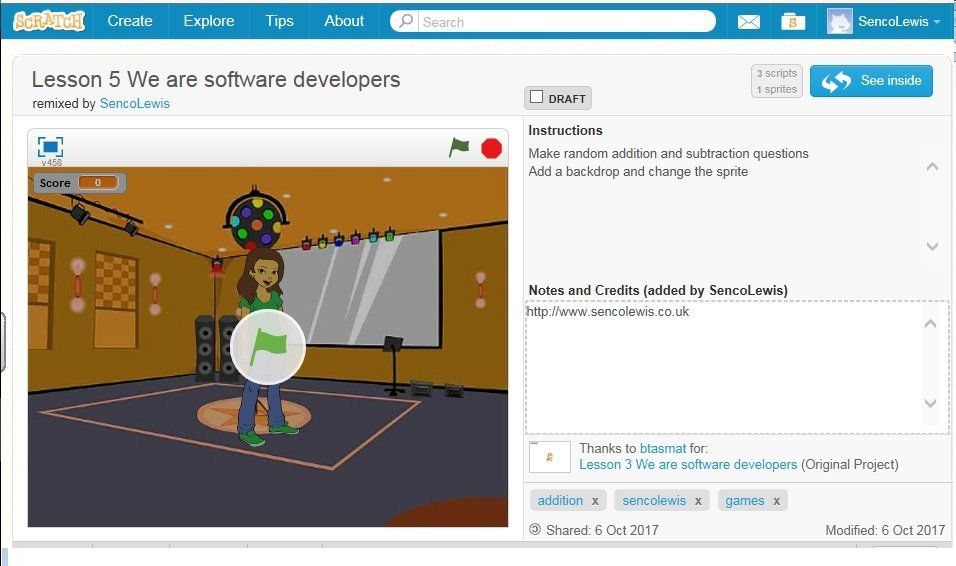
All children should be able to:
| Put Scratch blocks into the right order for their game. Use the SET block correctly. Use ASK AND WAIT block correctly. Use PICK RANDOM block correctly. Use IF THEN ELSE correctly. Use FOREVER block correctly. Copy code that makes random multiplication questions. |
| Most children will be able to: |
|
Self-assess and Screen-Print work independently Copy code that makes random multiplication questions. Duplicate code. Use logical reasoning to detect and correct bugs in their games. Change the Sprite, Add a background |
| |
|
Some children also be able to do Explain how the algorithm that underlies their game works. Use logical reasoning to detect and correct bugs in their games. Duplicate code that makes random subtraction questions. Duplicate code that makes random addition questions. |
Show the example game #5 to the children and remind them about the purpose of games.
How do we duplicate the code
How do we change the x to a - or +
Show LO to children. How can we change the Sprite and backdrop. Discuss.
Show example:
https://scratch.mit.edu/projects/178486010/#editor
Task 1 – Copy the code by dragging across
Task 2 – Duplicate code
Task 3 - Change the function to + or -
Task 4 - Change the Sprite
Task 5 - Change the backdrop
Re-introduce digital self-assessment related to success criteria of learning objectives
Talk through the word bank:
Key Words
Addition +
Subtraction -
ASK and WAIT block
PICK RANDOM block
JOIN block
IF THEN ELSE block
FOREVER block
Sequence – order of the code written
Selection – the programme will respond differently depending upon the correct/incorrect answer selected
Repetition – the programme will ask several questions
Variables – the scripts will keep track of the score/attempts/questions.
Algorithm – step by step guide/instructions to solve a problem.
Input – data supplied to the computer using a mouse/keyboard.
Output – Information produced by the computer on the screen or through the speakers.
Program – A set of instruction code understood by the computer to create an outcome.
